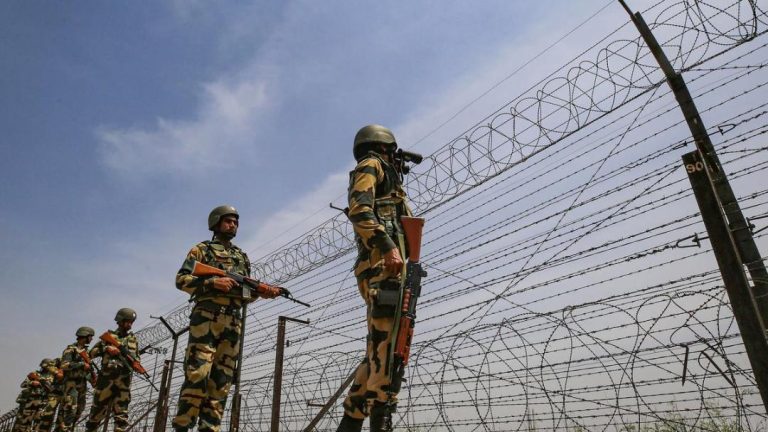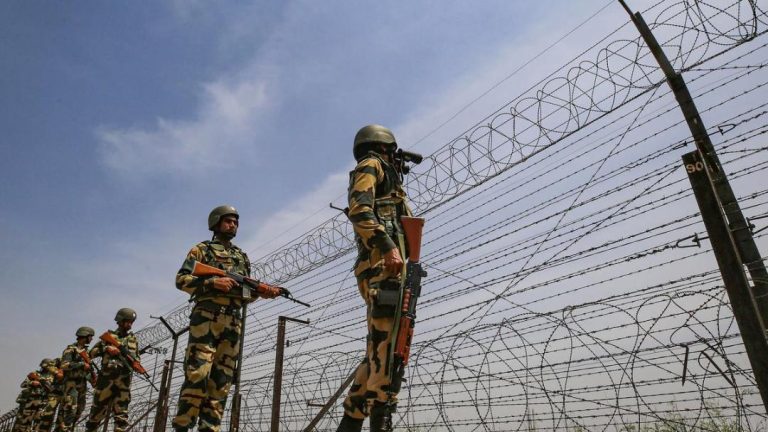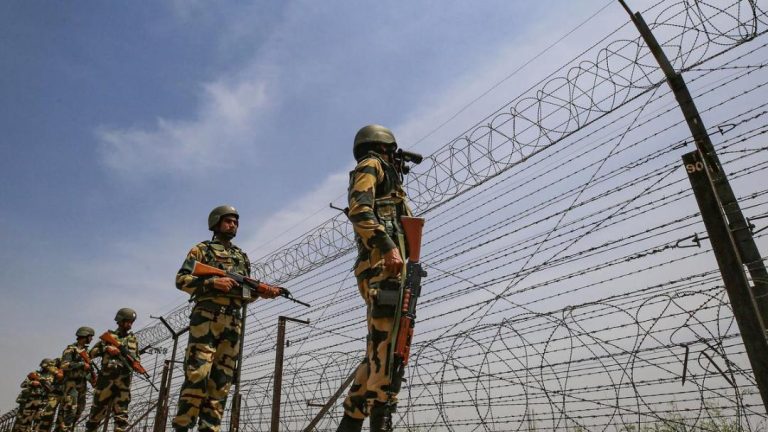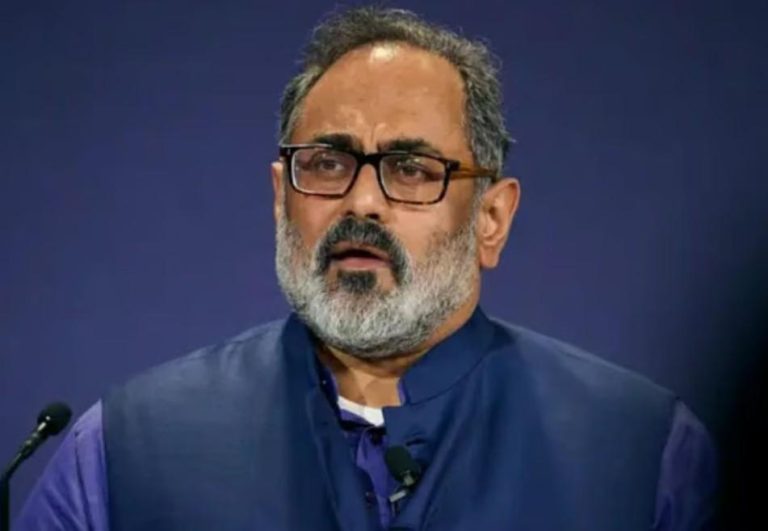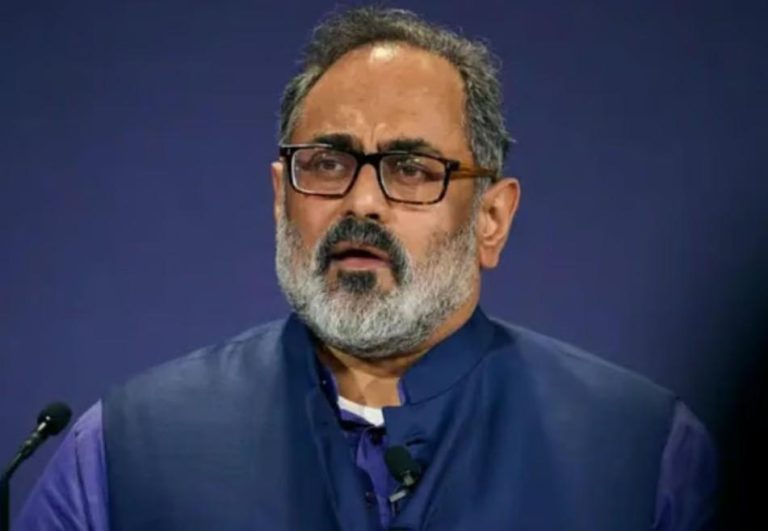
Vijay Shekhar Gives Ideas on PM Modi’s Call to Develop Yamuna, Suggests ‘Waterfront Park’
Paytm CEO Vijay Shekhar Sharma has recently shared his thoughts on Prime Minister Narendra Modi’s call to develop Yamuna river and make it Delhi’s identity. In a recent article, Sharma suggested four ideas to revamp the Yamuna river, making it a hub of tourist attractions and a source of pride for the city.
The article highlights that the Yamuna river, which is considered sacred by Hindus, has been facing severe pollution and neglect over the years. The river, which once played a crucial role in the economic and cultural development of Delhi, has now become a symbol of neglect and pollution. Therefore, the government’s call to develop the river and make it a tourist attraction is a welcome move.
Sharma’s first suggestion is to partner with institutions like Delhi Technological University (DTU) and IIT Delhi to clean the river. He emphasized that the government should seek the expertise of these institutions to develop a comprehensive plan to clean the river. This, according to Sharma, would not only help in cleaning the river but also provide a platform for students and researchers to work on innovative solutions to tackle the problem of pollution.
Sharma’s second suggestion is to create a grand waterfront park along the lines of The Pointe in Dubai. He believes that a well-designed waterfront park would not only provide a beautiful spot for citizens to relax but also attract tourists from all over the world. This, in turn, would give a boost to the city’s economy and help in creating new job opportunities.
The Paytm CEO’s third suggestion is to build a giant observation wheel like the London Eye. Sharma believes that such a structure would not only provide a unique perspective of the city but also become a symbol of Delhi’s growth and development. This, according to Sharma, would help in promoting the city’s tourism industry and make it a hub of tourist attractions.
Sharma’s fourth and final suggestion is to create a floating restaurant or a food court along the river. He believes that such a concept would not only provide a unique dining experience to citizens and tourists alike but also help in promoting the local cuisine and culture.
Overall, Sharma’s suggestions aim to transform the Yamuna river into a hub of tourist attractions and a source of pride for the city. By partnering with institutions like DTU and IIT Delhi, creating a waterfront park, building an observation wheel, and creating a floating restaurant or food court, the government can make the Yamuna river a symbol of Delhi’s growth and development.
In conclusion, Vijay Shekhar Sharma’s suggestions provide a unique perspective on how the government can develop the Yamuna river and make it a tourist attraction. By implementing these suggestions, the government can not only clean the river but also promote the city’s tourism industry and create new job opportunities.
